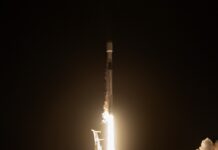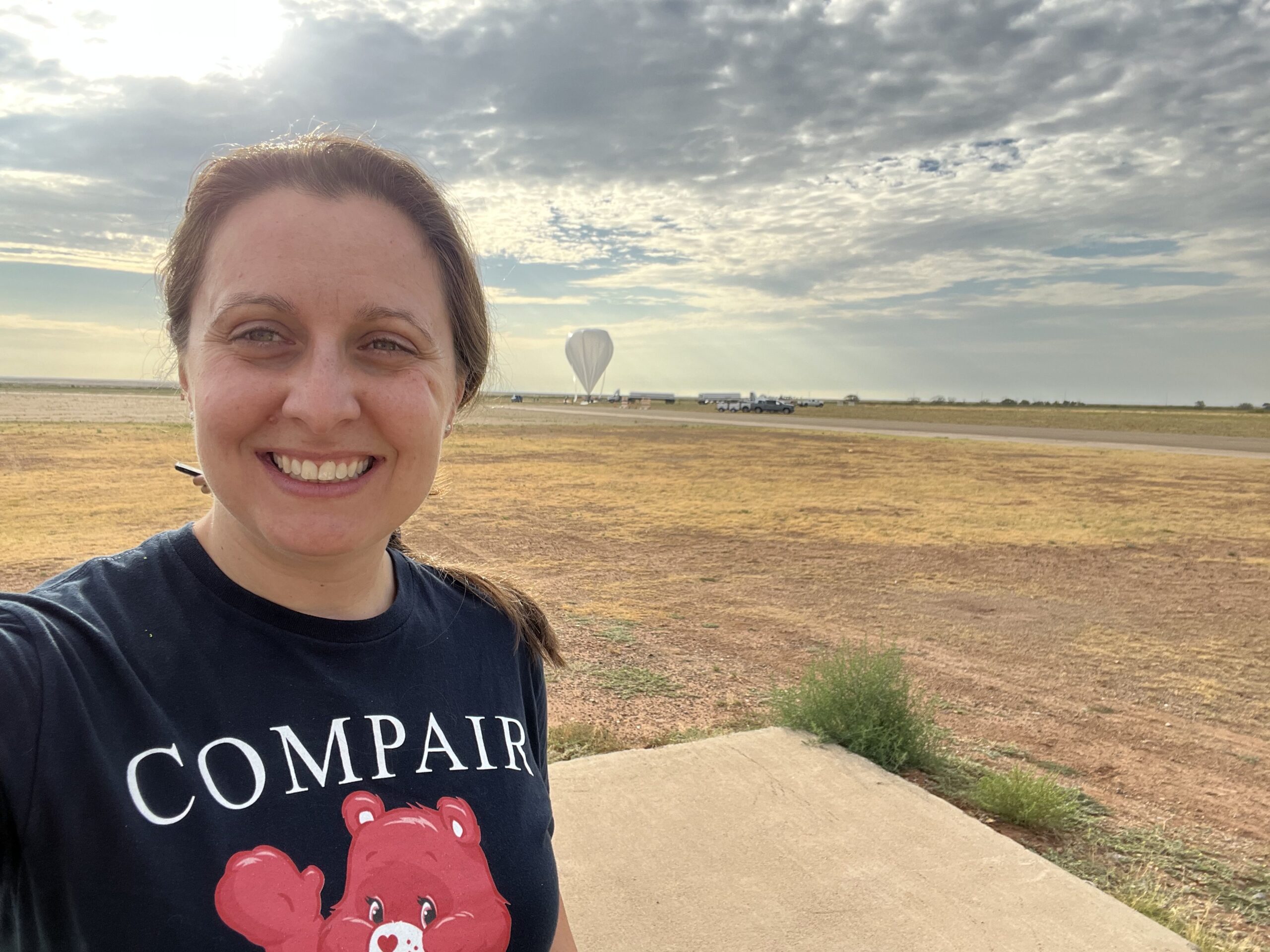Title: Unveiling the Mysteries of the Universe: A Glimpse into the Work of Astrophysicist Regina Caputo
Introduction
In the vast expanse of the cosmos, there are few who dedicate their lives to uncovering its deepest secrets. One such individual is Regina Caputo, a research astrophysicist at NASA’s Goddard Space Flight Center. Her work focuses on the most extreme cosmic events, providing invaluable insights into the workings of the universe. This article delves into her career, achievements, and contributions to astrophysics, offering a comprehensive look at her journey and aspirations.
Who is Regina Caputo?
Name: Regina Caputo
Title: Research Astrophysicist
Organization: Astroparticle Physics Laboratory (Code 661), NASA’s Goddard Space Flight Center
Role at Goddard Space Flight Center
Regina Caputo is a key figure in the particle astrophysics lab at Goddard. Her primary interest lies in the study of extreme cosmic events. She is actively involved in current gamma-ray missions and is instrumental in developing technology for future gamma-ray telescopes. Gamma rays are the highest energy form of light, and studying them helps scientists understand some of the most violent and energetic processes in the universe.
The most exciting aspect of her role is the continuous quest to understand how the universe operates and evolves. This involves analyzing data from gamma-ray telescopes and developing new instruments that can capture even more detailed information about cosmic phenomena.
Educational Background
Caputo’s journey into the realm of astrophysics began with a strong foundation in both science and engineering. She earned her bachelor’s degree in engineering physics from the Colorado School of Mines in 2006. This education provided her with the skills to build instruments and analyze data. She then pursued a Ph.D. in particle physics at Stony Brook University, which she completed in 2011. Her doctoral studies focused on understanding the fundamental building blocks of matter, setting the stage for her eventual transition into astro-particle physics.
Path to Goddard
Caputo joined Goddard in 2017, a decision driven by her passion for building telescopes, engaging in high-energy astrophysics, and working within a collaborative environment. Her arrival at Goddard marked the beginning of a new chapter in her career, allowing her to combine her expertise in engineering and physics to explore the universe.
Career Highlights
Throughout her career, Caputo has experienced several thrilling moments. As a student, she was part of the team working on CERN’s Large Hadron Collider when the Higgs Boson was discovered, a landmark achievement in particle physics. This discovery confirmed the existence of a fundamental particle predicted by the Standard Model of particle physics, earning it the nickname "the God particle."
In 2017, Caputo was involved in another groundbreaking discovery: the detection of gravitational waves and gamma-ray bursts resulting from merging neutron stars. This event marked the dawn of multi-messenger astrophysics, where different forms of cosmic signals (like gravitational waves and gamma rays) are used together to study astronomical events. Around the same time, her team identified an active galaxy producing neutrinos with ultra-high-energy gamma-ray flares, further enriching our understanding of the cosmos.
Collaborative Efforts
Caputo’s work is deeply collaborative, involving multiple teams on various scales. She is part of the Fermi Large Area Telescope (LAT) collaboration, an international group of scientists dedicated to supporting the Fermi mission, analyzing data, and conducting scientific research.
Additionally, she serves as a project scientist for the Swift Observatory, ensuring that the mission meets its obligations to the public and stakeholders. Swift is a multi-wavelength observatory that studies gamma-ray bursts and other transient phenomena in the universe.
Caputo also leads technology development teams working on next-generation gamma-ray telescopes. One of her notable projects involves the development of silicon CMOS detectors known as AstroPix. These detectors are being tested to ensure they meet the rigorous requirements for future space missions. Another significant project is the Compton-Pair Telescope (ComPair), which involves building a prototype gamma-ray telescope that was launched as a balloon payload. Her team is currently working on the next iteration of this technology.
Challenges and Communication
One of the primary challenges Caputo faces in her role is effective communication with an international team. Coordinating resources and ensuring that everyone has what they need to succeed requires meticulous planning and organization, akin to an event coordinator’s role.
Mentoring Early Career Scientists
Caputo places great importance on nurturing the next generation of scientists. She is committed to providing junior researchers with opportunities to develop their skills and achieve their goals. This dedication to mentorship ensures that the field of astrophysics continues to thrive with fresh talent and innovative ideas.
Science Outreach
Caputo is passionate about science outreach, seizing every opportunity to engage with the public. Whether it’s participating in events like Black Hole Week, speaking at career days, or delivering public talks, she enjoys sharing the exciting discoveries made by her team. Her outreach efforts help demystify complex scientific concepts and highlight the importance of space exploration.
Future Goals
Looking ahead, Caputo has ambitious goals for her work. One of her primary aspirations is to see the detectors her team develops become integral components of a next-generation gamma-ray telescope that can collect data from space. While this is a challenging objective, her determination and drive are unwavering, embodying the spirit of shooting for the stars.
Conclusion
Regina Caputo’s career is a testament to the power of curiosity, collaboration, and dedication in the field of astrophysics. Her work at NASA’s Goddard Space Flight Center not only advances our understanding of the universe but also inspires future generations of scientists. Through her research, mentorship, and outreach, Caputo continues to make significant contributions to the world of astro-particle physics, unraveling the mysteries of the cosmos one discovery at a time.
About Conversations With Goddard
"Conversations With Goddard" is a series of Q&A profiles that showcase the diverse and talented workforce at NASA’s Goddard Space Flight Center. Since May 2011, these profiles have been published bi-monthly, offering insights into the lives and careers of the individuals who contribute to NASA’s mission. For more stories, visit Goddard’s “Our People” webpage.
For more Information, Refer to this article.


































